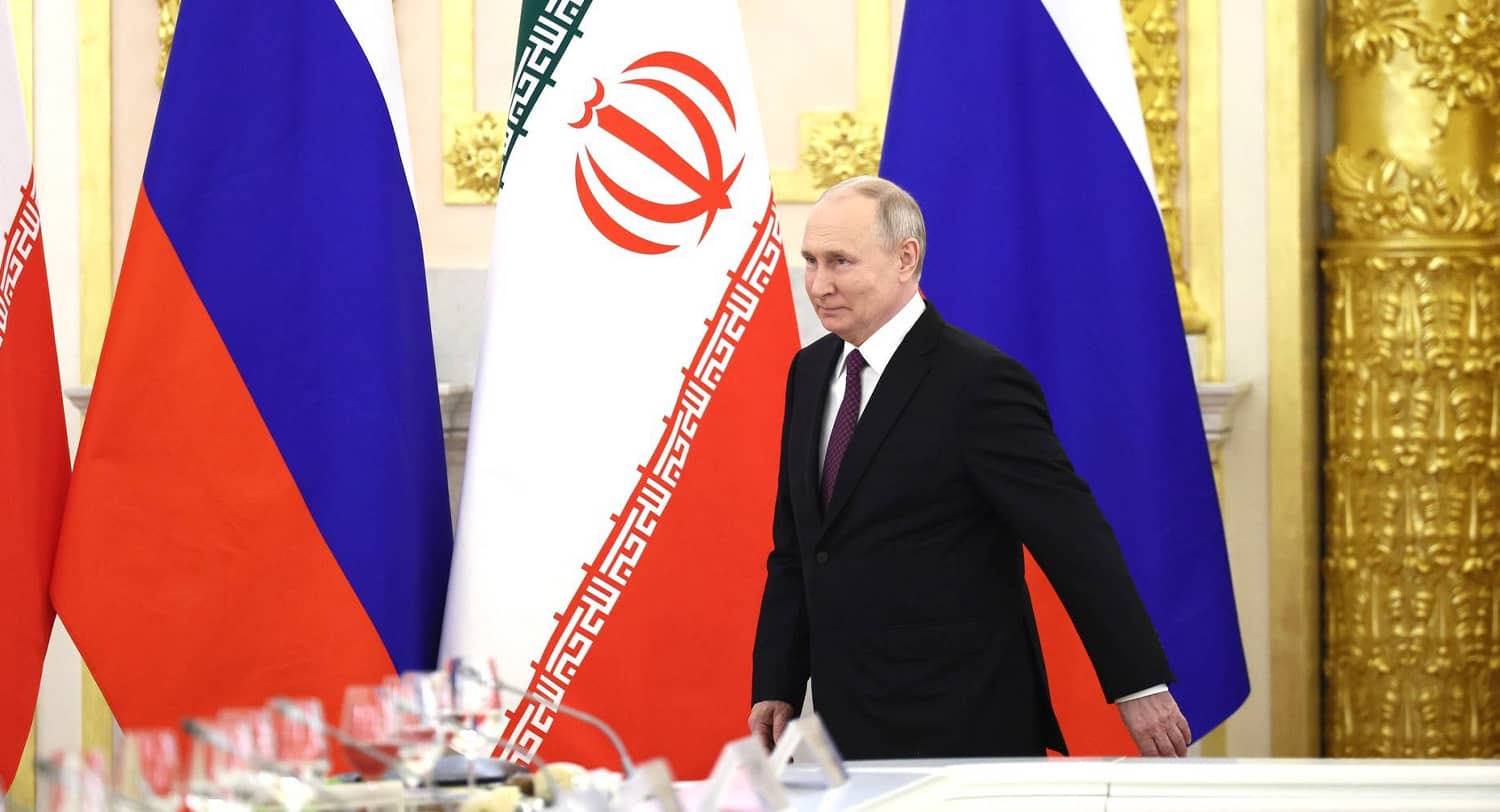When Iran’s President Raisi died in a helicopter crash in May, President Putin expressed condolences and called Raisi a “very reliable partner.” Russian Muslims offered prayers for Raisi at Moscow’s main mosque, and Russian state television provided continuous updates on the funeral arrangements from Iran.
Raisi and Foreign Minister Hossein Amirabdollahian, who also perished in the crash, worked at strengthening ties with Russia. Other than joint drone production, however, the results after two years are not living up to the grand pronouncements and celebratory rhetoric.
Arrested Diplomatic Development
“The efforts to finalize a comprehensive cooperation agreement between Russia and Iran have been temporarily halted due to issues on the Iranian side,” Russia news agencies reported by June 11, quoting Zamir Kabulov, director of the Second Asian Department of the Russian Foreign Ministry. With rumors spreading, both Foreign Minister Sergei Lavrov and Kremlin spokesman Dmitry Peskov clarified that the delay was because of Iran’s early presidential elections, following the death of President Raisi, and unspecified “parliamentary procedures in Iran.”
Work began on a bilateral framework agreement in January 2022, following President Raisi’s visit to Moscow. It was supposed to redefine relations between the two countries. However, after two years of negotiations, the Russian Foreign Ministry is still unable to provide an estimated timeframe for the agreement’s conclusion.
Brothers in Arms
In 2022, Iran agreed to supply Russia with thousands of drones for use in Ukraine. Every Russian and every Ukrainian has heard by now about “Shaheds” – the cheap but lethal Iranian drones that are pounding Ukrainian cities. In return, Russia agreed to furnish Iran with advanced fighter jets and air defense technology.
According to US intelligence and media reports, Russia has built a drone factory in cooperation with Iran east of Moscow, in the Alabuga special economic zone. This factory is expected to produce thousands of Iranian Shahed-136 drones, as well as other types of drones with upgraded capabilities. The direct danger to Ukraine is evident, but Israel and Saudi Arabia should also be worried, as these drones might also find their way to the Middle East. Data on Russian launches of Shahed drones collected by the Ukrainian military indicate that Alabuga is ahead of production schedule and has already supplied approximately 4500 of the promised 6000 drones as of late April 2024.
What about the Russian part of the deal? In December 2022, the official Iranian press agency IRNA announced that Russian SU-25 stealth fighter jets would be delivered to Tehran by March 2023. As of June 2024, no fighter jets have been delivered. Also, there were reports of Russia supplying Iran with advanced air defense weapons, potentially including the S-400 system, and Mi-28 attack helicopters, but again no delivery as yet.
The reasons are not clear: Russia might be unwilling to supply Iran with these advanced technologies, or Iran might not have the funds to pay for them, or both.

Great Economic Expectations, Mixed Results
In 2022, Moscow and Tehran agreed to settle trade balances in national currencies and connect the Russian Mir and Iranian Shetab bank payment systems. Iranian officials suggested that Tehran could serve as a transport hub for Russian imports and exports. The National Iran Oil Company and Russia’s Gazprom signed a $40 billion memorandum of understanding. In 2023, VTB Bank became the first Russian bank to open a representative office in Iran (but then quickly denied that fact).
Despite the fanfare, annual two-way trade between Russia and Iran declined to around $4 billion in 2023. By comparison, in 2022 the annual two-way trade between Russia and Turkey reached over $62 billion. These official trade statistics do not include military sales; Iran has repeatedly denied it sends weapons to Russia nor is Moscow eager to disclose its military sales. It’s also the case that the official figures don’t count Russian wheat which probably enters Iran through various unreported schemes.
Nevertheless, the inability to elevate bilateral relations and translate them into growing economic cooperation is telling. Despite some initial enthusiasm, Russian products haven’t conquered the Iranian markets. Both countries are blocked from using the SWIFT network of international payments; transfers are made through Russian Mir Business Bank. The problem is that Mir is forced to use an official Iranian foreign currency rate that is very different from the market rate. Therefore, there is little incentive for Russian businessmen to trade with Iran and get paid in rials at an artificial rate.
Another point of friction is shipping. Russia and Iran compete with each other to use old tankers to carry their oil exports. These tankers are poorly insured or not insured at all, and therefore in high demand among the club of sanctioned countries.
Meanwhile, Russia is promoting a new transport route to Iran. Last May it issued a $1.4 billion loan to Iran to start building a railway that would connect the Iranian cities of Rasht and Astara, the latter of which is on the border with Azerbaijan. This would be part of a rail route moving cargo supplies from St. Petersburg on the Baltic to Bandar Abbas on the Persian Gulf. The idea is to build a “sanctions-proof” route. According to the Russian press, construction of this project will be launched later in 2024 and will take five to six years, if things go as planned. India is a potential partner in this project, though a major investment in Iranian infrastructure might risk its relationship with the US.
Conclusion
Russia and Iran seek to shape a new global order and weaken the West. They plan railroads that will be “sanctions-proof,” share intelligence and work together on drone production. Facing Western pressure, they are compelled to ally with each other.
Weakening this alliance are mutual suspicions and lack of economic opportunities, exacerbated by Western sanctions. Both countries are cash-strapped. Sustained pressure through sanctions and secondary sanctions is necessary. But it will require unity in the West and the support of others, especially India and the Gulf states.



